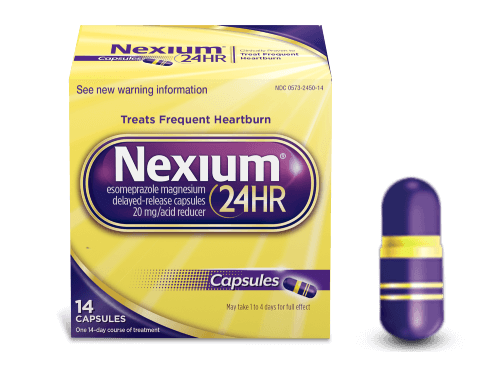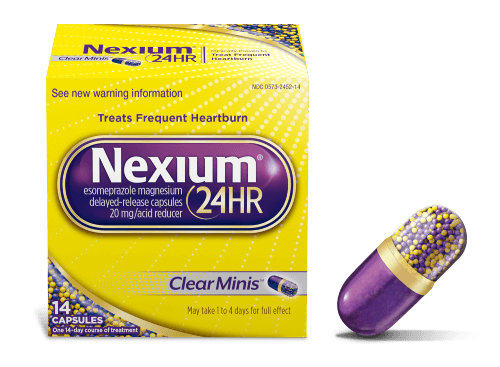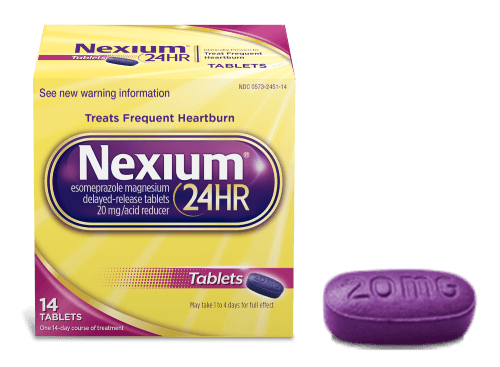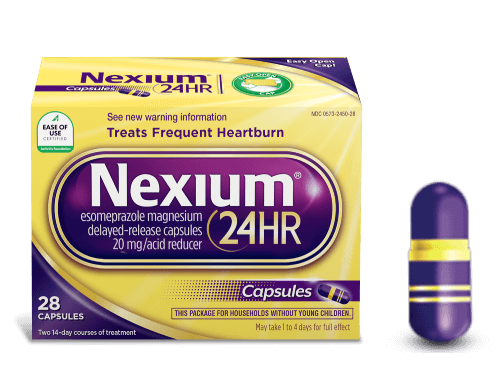While you may not be aware of it, your digestive system is currently teeming with life in the form of microbes. In fact, the human gut contains the most densely populated habitat of microbes on the planet.1
While some scientists used to think of microbes as threats to our health, current research shows that many of these microscopic creatures are the opposite. Learn what your gut microbiome is and how to feed the good bacteria inside it for optimal gut health.
What Is the Gut Microbiome?
Viewed under magnification, the microbiome looks like a busy city street filled with commuters trying to get to their destination. The city’s residents are tiny organisms called microbes2---thousands of different species of viruses, parasites, fungi and bacteria. While their numbers are largely concentrated along the digestive highway of the large and small intestines, or gut, these microbes can be found all over the body in a healthy individual. This collection of minute creatures, the microbiome, is so important to human health that it’s been labelled as a supporting organ.2
A person’s microbiome develops during their first few years of life. How an infant’s microbiome develops depends on how they were born; babies born the traditional way have different microbiomes than babies born via Caesarean section. Infants are also exposed to microbes through breast milk. The mother’s own microbes determine the type of microbes they receive. By the time they turn three, a child’s microbe mix already resembles that of an adult.3
Are All Microbes Helpful?
Most of the microbes in your gut are considered symbiotic or “good” and if you’re healthy, both your good and less-good microbes usually coexist peacefully. However, disturbances such an insufficient diet or taking antibiotics for a prolonged period can throw off this balance.2
How Microbes Benefit Your Body and Gut
Microbes have numerous important tasks, including aiding your immune system, breaking down potential toxins in your food and combining certain vitamins and amino acids, including B vitamins and vitamin K.2
Some foods we eat, such as certain starches and fibers, aren’t digested quickly. These starches and fibers travel to your large intestine to be broken down by gut microbes. In the process, the microbes create compounds called short chain fatty acids.
The presence of these acids lowers the PH of your intestines and limits the growth of harmful gut bacteria that need a higher PH environment to survive. These short chain fatty acids also help nourish the body’s cells, regulate muscle function and potentially prevent some chronic diseases.2,4 The microbes’ process of digesting these fibers helps promote a diverse microbiome and helps keep your digestive system running smoothly.
How to Improve Your Gut Microbiome
When you feed yourself, feed your microbiome. Food rich in dietary fiber nourish your gut microbes. That’s why dietary fiber is sometimes referred to as prebiotic fiber, because it “feeds” our good gut bacteria.
Some of the starches and sugars found in the plants we eat, such as inulin, resistant starches, gums, pectins and fructooligosaccharide are all considered dietary fibers. To increase gut health, reach for a supplement that contains dietary fiber and add more gut-bacteria promoting foods to your plate, including:
- Garlic
- Vegetables including onions, leeks and asparagus
- Bananas and other fruits
- Seaweed
- Beans
- Whole grains like wheat, oats and barley
If you want to learn more about digestive health and how to prevent indigestion, visit our understanding heartburn hub.









